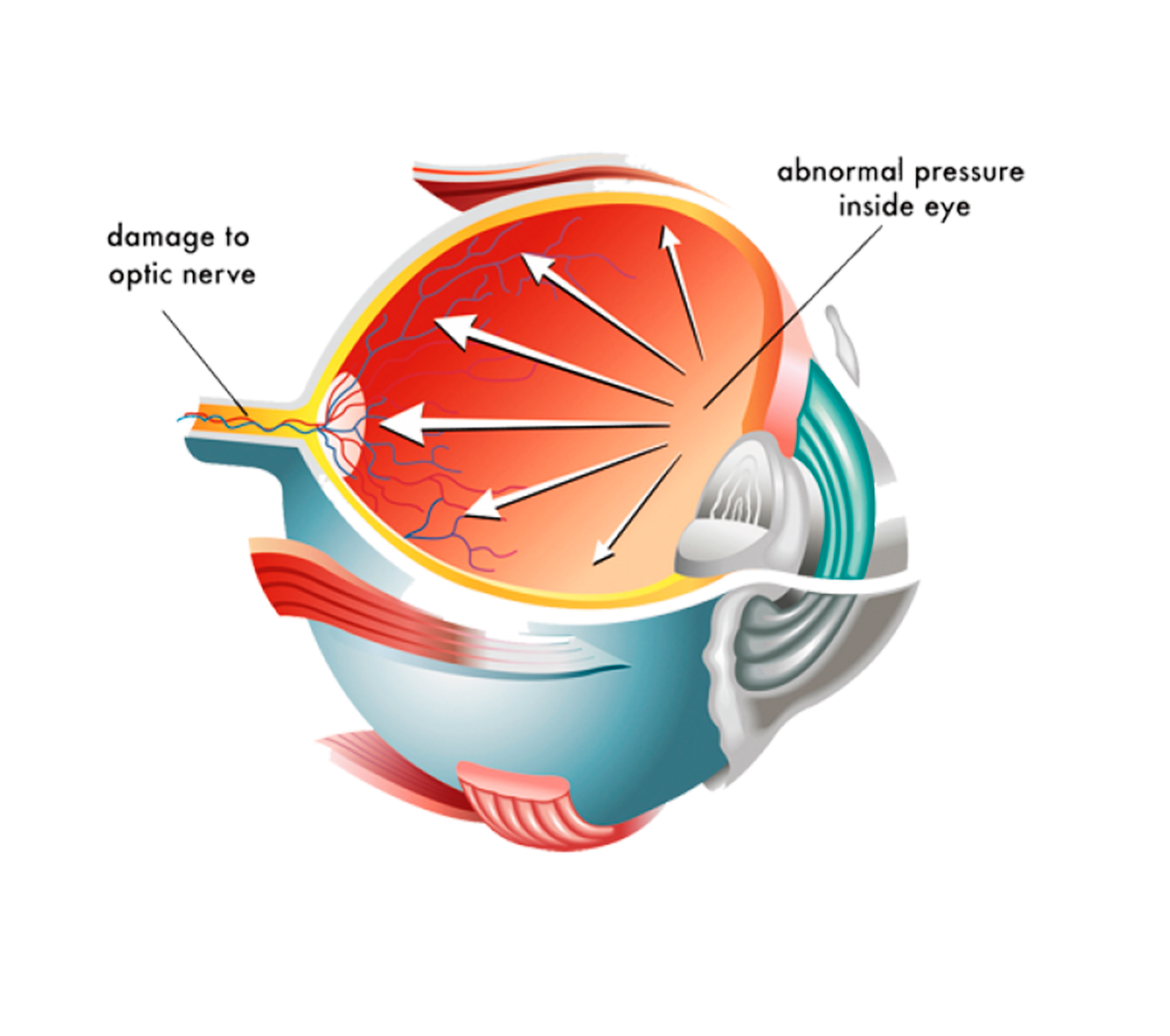dr.thirupathy@orientalmedical.com.my
Glaucoma
Glaucoma

Glaucoma is a group of eye diseases that result in damage to the optic nerve (or retina) and cause vision loss. The most common type is open-angle (wide angle, chronic simple) glaucoma, in which the drainage angle for fluid within the eye remains open, with less common types including closed-angle (narrow angle, acute congestive) glaucoma and normal-tension glaucoma.Open-angle glaucoma develops slowly over time and there is no pain.[1] Peripheral vision may begin to decrease, followed by central vision, resulting in blindness if not treated.Closed-angle glaucoma can present gradually or suddenly.The sudden presentation may involve severe eye pain, blurred vision, mid-dilated pupil, redness of the eye, and nausea.Vision loss from glaucoma, once it has occurred, is permanent.Eyes affected by glaucoma are referred to as being glaucomatous.
Risk factors for glaucoma include increasing age, high pressure in the eye, a family history of glaucoma, and use of steroid medication.For eye pressures, a value of 21 mmHg or 2.8 kPa above atmospheric pressure (760 mmHg) is often used, with higher pressures leading to a greater risk.However, some may have high eye pressure for years and never develop damage.Conversely, optic nerve damage may occur with normal pressure, known as normal-tension glaucoma.The mechanism of open-angle glaucoma is believed to be the slow exit of aqueous humor through the trabecular meshwork, while in closed-angle glaucoma the iris blocks the trabecular meshwork. Diagnosis is achieved by performing a dilated eye examination.Often, the optic nerve shows an abnormal amount of cupping.
